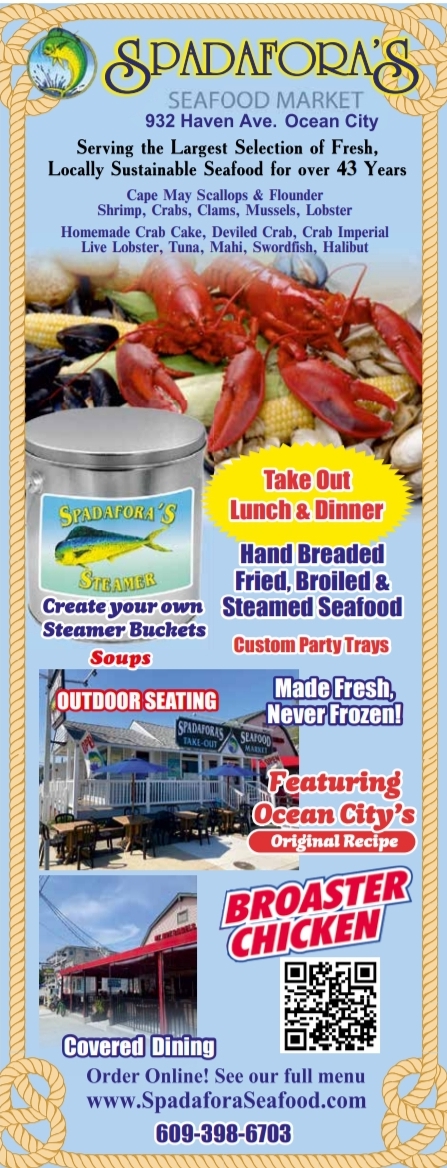Let It Grow
By Tammy Thornton
Last month, we explored ways to make your basil plants more productive. If you are fortunate, hot summer days, good watering, and careful pruning have led to a bumper crop of basil in your garden. But now we have the happy “problem” of what to do with all of that basil? Of course, the obvious answer is to make pounds of pesto. Making pesto from your abundance of basil not only gives you a tasty meal now, but freezing homemade pesto will allow you to enjoy your garden bounty this winter as well.
Once you have made your own pesto, you will never be content with store-bought. And to be honest, making your own takes less time than fighting the lines at the store. If it’s your first time, don’t be intimidated, pesto is easy to make, very forgiving, and adaptable to using various different ingredients. Once you master the basics, you can substitute ingredients and play around with the process. For the quick summary: simply whiz up some basil, pine nuts, garlic, grated parmesan or pecorino cheese, and olive oil in a food processor and you are ready for pasta night.

Now, let’s fine tune things a bit. Though I’m the substitute queen, some ingredients are non-negotiable. You absolutely must use fresh basil, extra points if you grew your own. If you even considered using dried basil, we can’t be friends. Extra virgin olive oil (first cold pressed) is another necessity. Pesto has very few ingredients, so make sure you use the best of each one for optimum flavor. Now things get a bit blurry. If your Nonna taught you to make pesto, best to stick to tradition or you could cause a family feud. But at this point you can shake things up a bit. Normally, pesto calls for pine nuts. However, if your friends or family have an allergy, you don’t have to be pesto-less. Other options are: walnuts, almonds, pistachios, cashews, pepitas (pumpkin seeds), or sunflower seeds. Though I’m usually a purist and prefer straight up basil, you can also add spinach, parsley, arugula, and a hint of mint to your pesto.
Now let’s add some small extra steps. You can skip these steps, but they only take a few extra minutes and can greatly enhance the flavor of your pesto. First, toast your pine nuts (or nut of choice) in a dry frying pan over medium-high heat. Watch them closely since pine nuts can quickly burn. This step should take less than a minute, but will cause the pine nuts to release their oils, giving them a richer flavor. Pour the pine nuts into your food processor and allow them to cool. Add one tablespoon of olive oil to the same pan, roughly chop two large cloves of garlic and sauté for about 30 seconds. Slightly cooking the garlic will mellow its pungency. You can also roast the entire head of garlic in the oven, use half in the pesto and the other half on a slice of toasted Italian bread. While some recipes suggest blanching the basil leaves to help them maintain their bright green color, a squeeze of lemon juice can do the trick as well. I also zest some of the lemon into the food processor, because when I’m holding citrus, I feel compelled to use my microplane grater. A slight amount of lemon zest and juice will add a bright flavor to your pesto. Adding a layer of olive oil to the pesto once it’s prepared will also help it stay green.
When it comes to salt, use a light hand, because salty opinions are very subjective. Keep in mind that you would not use equal measurements for kosher salt, sea salt, and common table salt. Always start with a minimal amount and add to taste. For my pesto I used one teaspoon of kosher salt, but added ½ a teaspoon at a time. Cheese will also add saltiness to your dish, so under-salt at first. If you plan to freeze your pesto or have a vegetarian daughter, leave the cheese out until you are ready to serve your dish. You can use hand grated parmesan or pecorino cheese or 50/50 of each. Do not use the stuff in the green bottle.
Writing out recipes makes me cringe because everyone has different tastes and your garlic might be milder than my garlic. Recipes are like the prompt your composition teacher gives you to send you on your way to originality. But here is a guideline to get you started. Pulse ¼ cup of toasted pine nuts with ½ teaspoon kosher salt, two cloves of garlic, and ½ cup parmesan or pecorino cheese (if freezing, leave out the cheese until you make your dish). After pulsing with the food processor a few times, add ¼ to ½ cup of olive oil, two compacted cups of fresh basil leaves, and a squeeze of lemon juice. Pulse a few more times until you achieve the desired consistency. Add more salt and olive oil as needed.
Besides pasta, use your pesto over roasted vegetables, chicken, fish, or gnocchi. I see a chicken ciabatta with mozzarella and pesto in my future. Freeze extra pesto in muffin liners then pop into a freezer bag once frozen. Your future self will thank you when they are enjoying a taste of summer on a dreary winter day.
We would love to hear from our readers. Send your gardening stories, questions, comments, and pictures to shorelocalgardener@gmail.com.
Tammy Thornton lives with her husband, children, and crazy pets while enjoying a life of gardening, cooking, and going to the beach.







